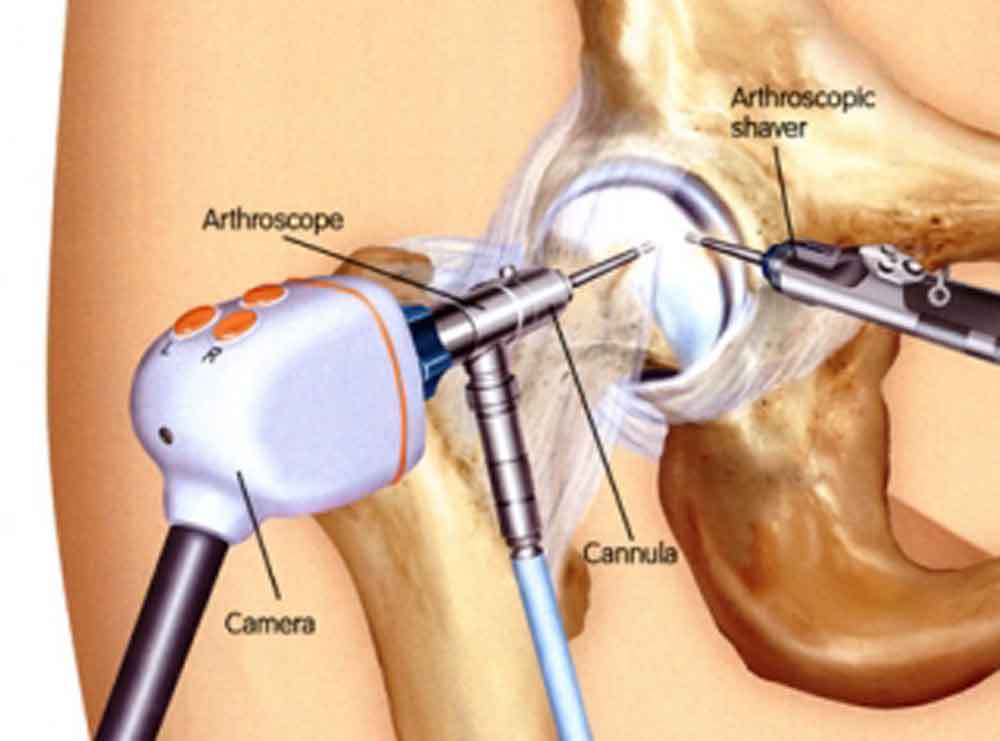Hip Arthroscopy
Two fundamental principles guide the post operative care of an individual who has undergone hip arthroscopy.
First, repaired tissue must be protected to prevent excessive stress; however, prolonged immobilization and limitation is discouraged secondary to the deleterious effects. A delicate balance between too much and too little must be maintained for optimal recovery.
Secondly, guidelines are not meant to be a strict format for rehabilitation. Individual procedures, physical limitations, and psychosocial needs must be considered.
Rehabilitation goals are divided into three stages: protective, restorative, and functional. The intraarticular procedures vary significantly from individual to individual, and the technique requiring the longer protective phase will dictate the rehabilitative progression.
We have divided the procedures into four categories: labral repair, chondroplasty/microfracture, FAI and labral resection/debridement. The specific individual guidelines are based on location of the lesions, and surgical techniques use to address the lesion. Communication between the surgeon and physical therapist is essential to optimize progression, while limiting excessive stress to surgical tissue.

